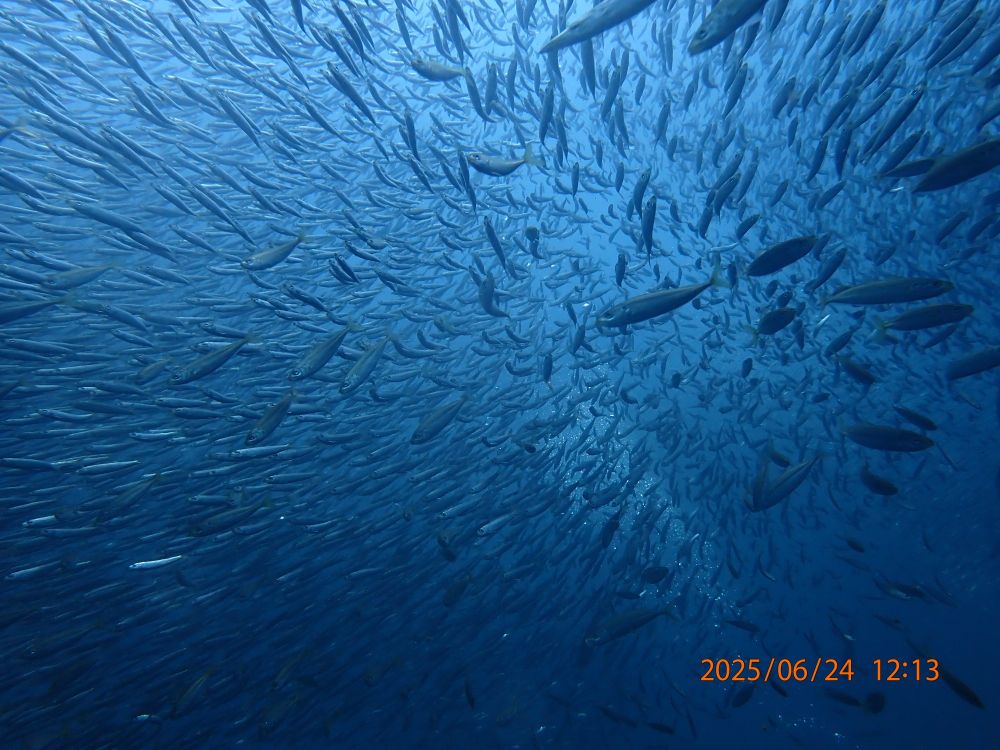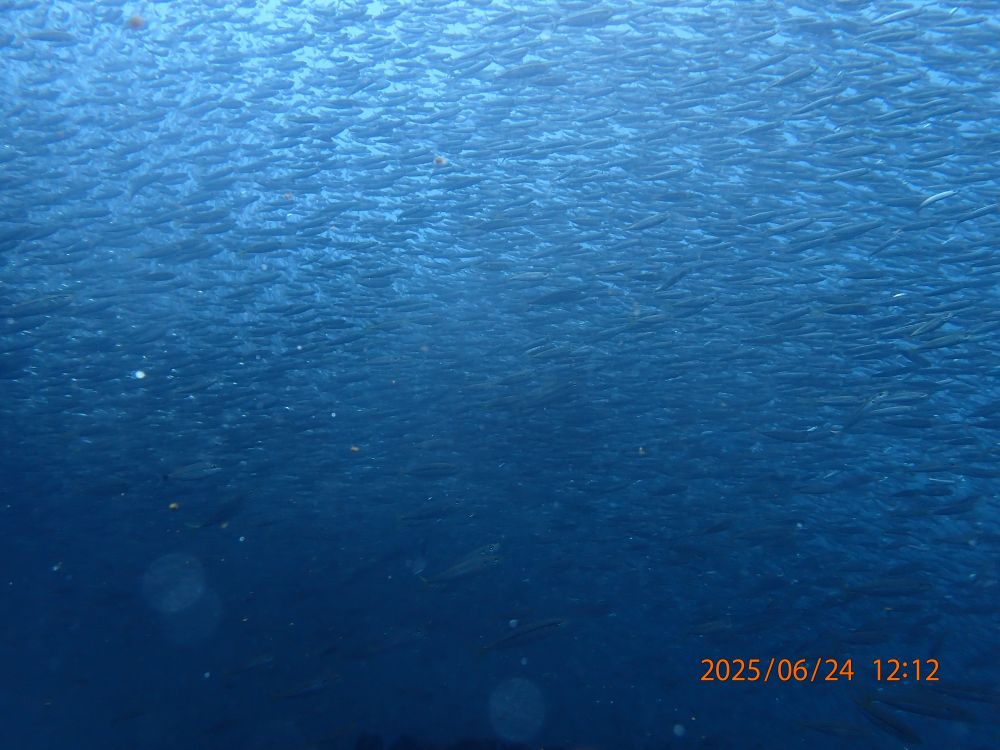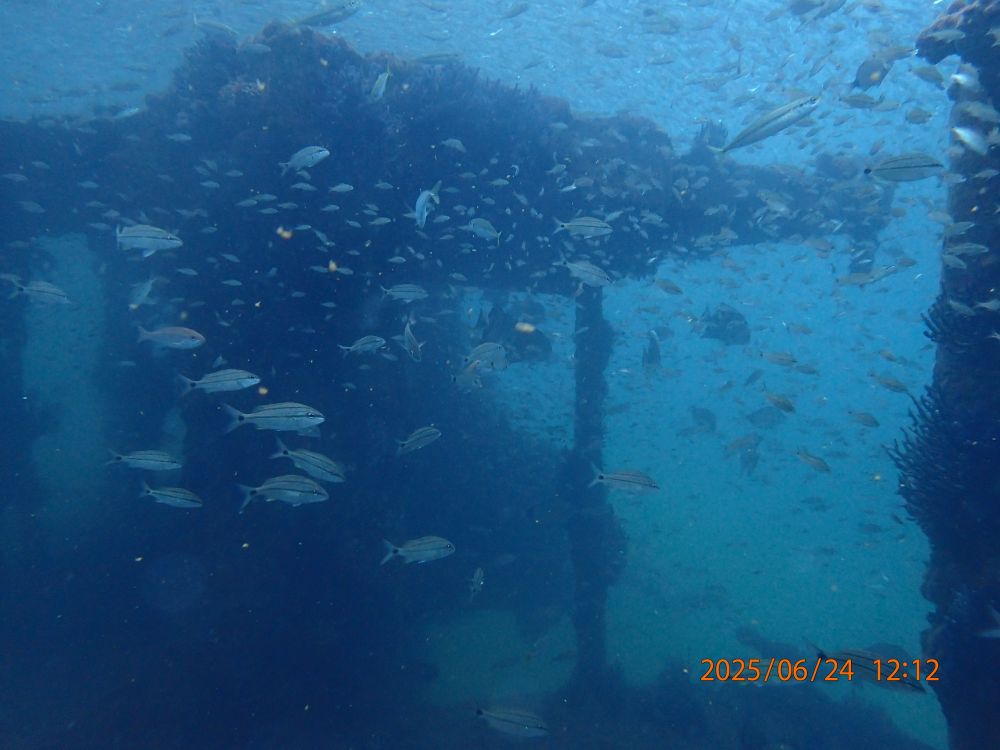
PhD student at UH Mānoa studying how marine biodiversity supports ecosystem functions and provisions to humanity.
Searching for new sharks, rays, and chimaeras🦈
He/Him 🇮🇳🇮🇹🏳️🌈🕎
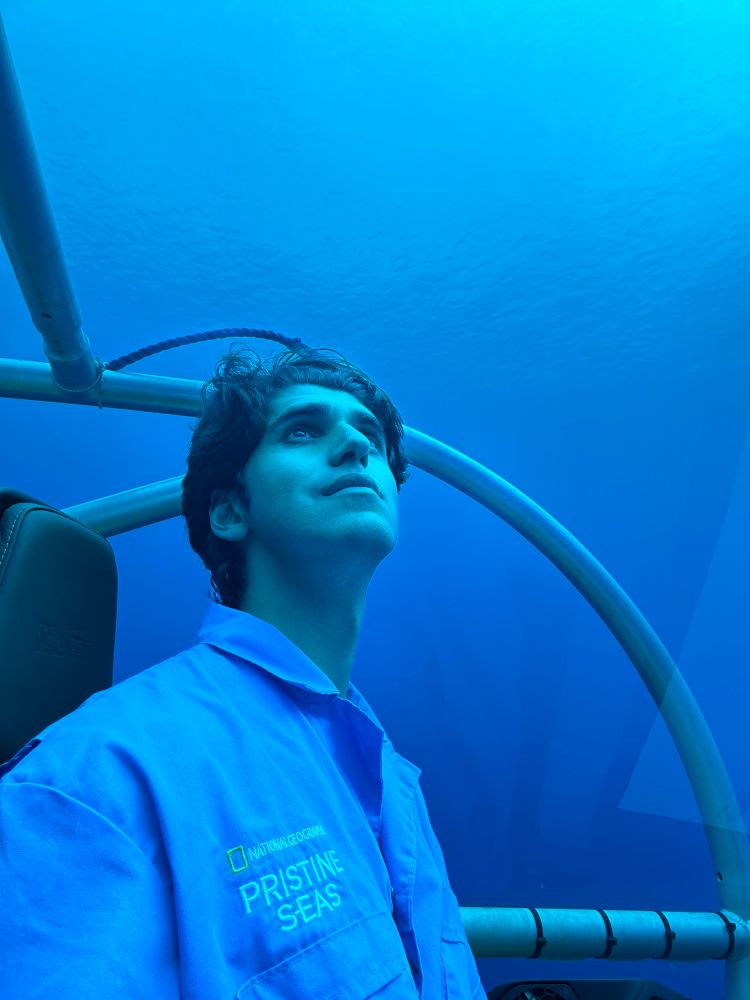
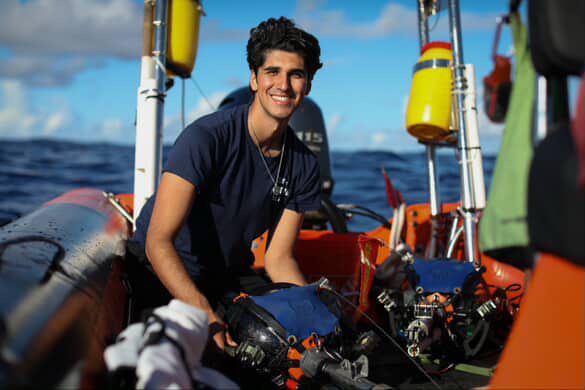
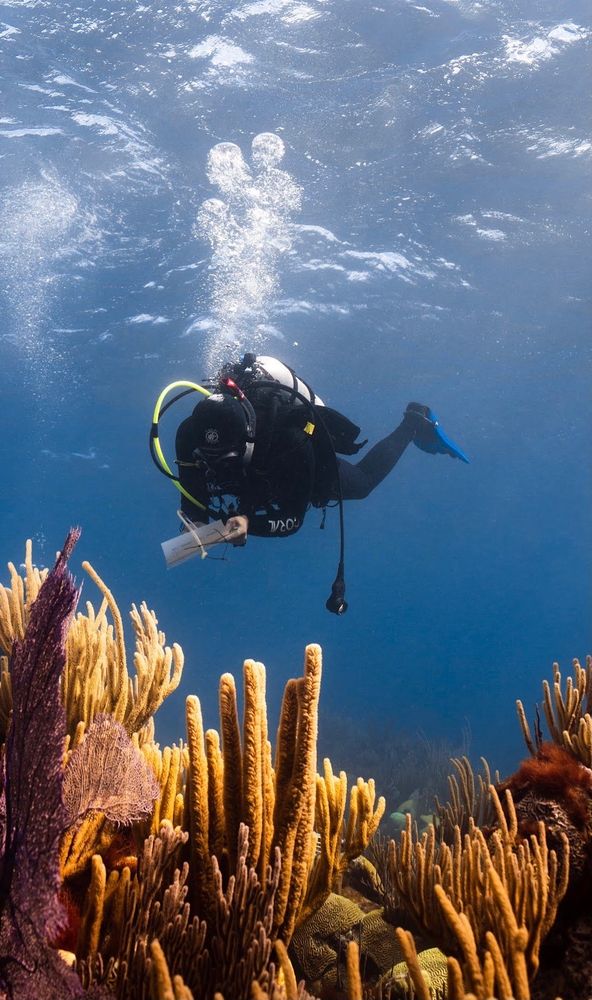
One of the new @exageo-dla.bsky.social advertised projects: www.exageo.org/phd-student-... - deadline for applications 9th January. International applications welcome.
Come and join us @lec-reefs.bsky.social

One of the new @exageo-dla.bsky.social advertised projects: www.exageo.org/phd-student-... - deadline for applications 9th January. International applications welcome.
Come and join us @lec-reefs.bsky.social
We highlight knowledge gaps & future directions ✨
"The circular seabird economy is critical for oceans, islands and people": doi.org/10.1038/s443...

We highlight knowledge gaps & future directions ✨
"The circular seabird economy is critical for oceans, islands and people": doi.org/10.1038/s443...
But how do we choose sustainable, responsible options?
Here, myself, @proftiffanym.bsky.social & David Bellwood introduce "MIMO". 👇
@cp-cellrepsustain.bsky.social
www.cell.com/cell-reports...

@seaprinceaaron.bsky.social & colleagues
@currentbiology.bsky.social

@seaprinceaaron.bsky.social & colleagues
@currentbiology.bsky.social
www.science.org/doi/full/10....

www.science.org/doi/full/10....


Ecological erosion and expanding extinction risk of sharks and rays
Dulvy @nickdulvy.bsky.social et al 2024
Ecological erosion and expanding extinction risk of sharks and rays
Dulvy @nickdulvy.bsky.social et al 2024


Today in @currentbiology.bsky.social, we found that 30 species of #sharks, #rays, and #chimaeras overlap with proposed #deepseamining in Areas Beyond National Jurisdiction #ABNJ - over 60% are already #threatened with #extinction 🦈
📸 Blue Planet Archive / Masa Ushioda

Today in @currentbiology.bsky.social, we found that 30 species of #sharks, #rays, and #chimaeras overlap with proposed #deepseamining in Areas Beyond National Jurisdiction #ABNJ - over 60% are already #threatened with #extinction 🦈
📸 Blue Planet Archive / Masa Ushioda
Deep-sea mining risks for sharks, rays, and chimeras. A must read for this looming threat to many already threatened species.
www.cell.com/current-biol...
@iucnshark.bsky.social

www.cell.com/current-biol...
www.cell.com/current-biol...
Deep-sea mining risks for sharks, rays, and chimeras. A must read for this looming threat to many already threatened species.
www.cell.com/current-biol...
@iucnshark.bsky.social

Deep-sea mining risks for sharks, rays, and chimeras. A must read for this looming threat to many already threatened species.
www.cell.com/current-biol...
@iucnshark.bsky.social
academic.oup.com/icesjms/arti...

academic.oup.com/icesjms/arti...
www.scientificamerican.com/article/drag...
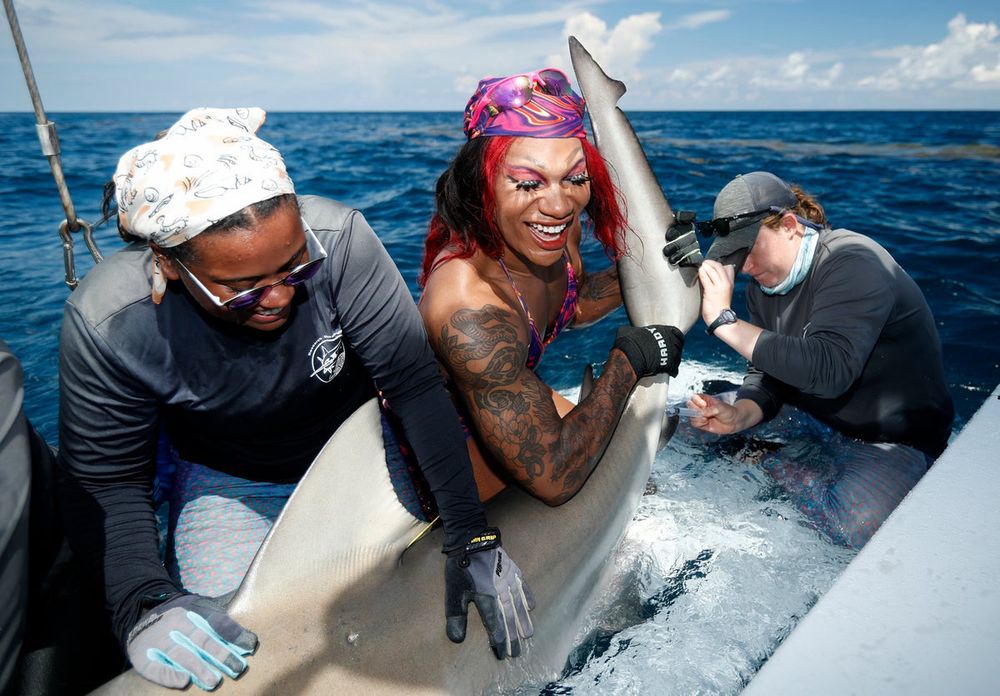
www.scientificamerican.com/article/drag...

🔗 buff.ly/YrXrJfn
@jeroenbrijs.bsky.social

🔗 buff.ly/YrXrJfn
@jeroenbrijs.bsky.social
Marine fishes exhibit extraordinary patterns of diversity, but how does this diversity relate to their productivity? 🐟🐠🐡
🌐
🦑🧪
🔗 nature.com/articles/s41...

Marine fishes exhibit extraordinary patterns of diversity, but how does this diversity relate to their productivity? 🐟🐠🐡
🌐
🦑🧪
🔗 nature.com/articles/s41...
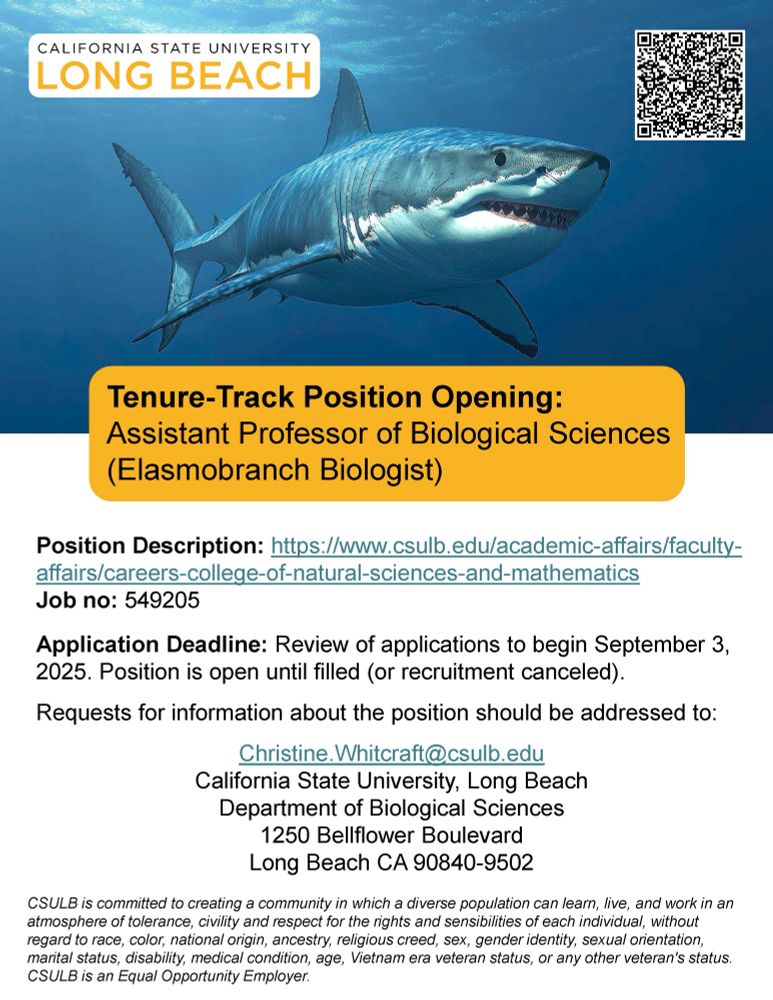
The focus? Continuing negotiations on #DeepSeaMining regulations—a pivotal moment for the future of the #DeepOcean.
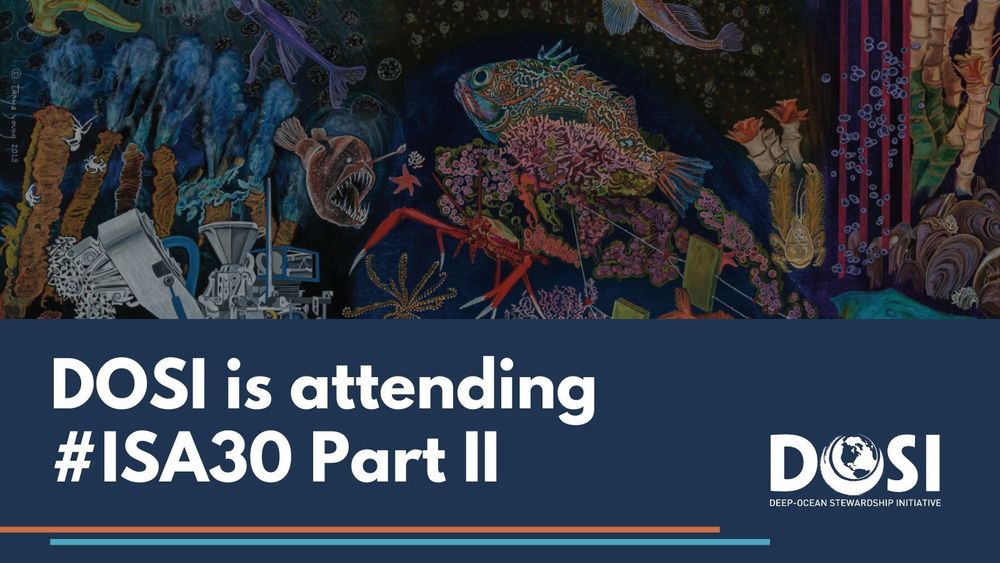

The focus? Continuing negotiations on #DeepSeaMining regulations—a pivotal moment for the future of the #DeepOcean.
🧪🦑🌎🦈
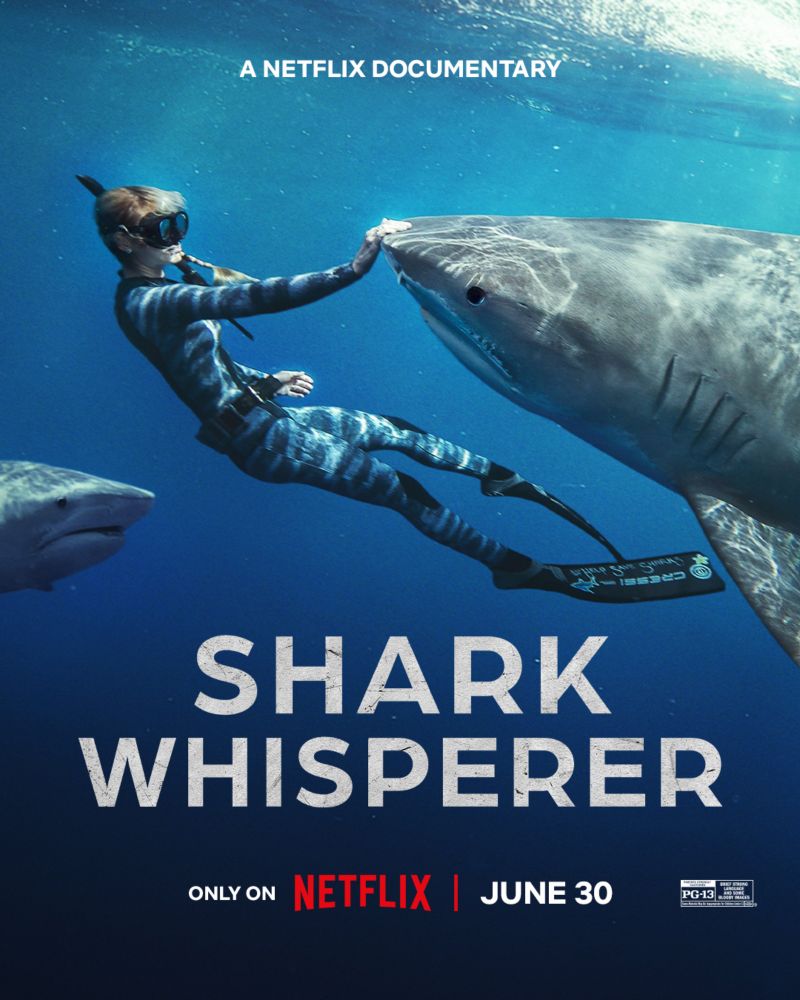
🧪🦑🌎🦈
www.science.org/doi/10.1126/...

www.science.org/doi/10.1126/...

